Found One Cockroach In My House, Should I Worry?
If you found one cockroach in your house, should you worry? Cockroaches are not only a nuisance; they can also be a health hazard. They have been linked to asthma and allergies, and their droppings can contaminate food and surfaces.
If you have found one cockroach in your house, it is likely that there are more. Cockroaches are good at hiding, so it is important to do a thorough inspection of your home. Look for cracks and crevices where they may be hiding.
If you do find cockroaches in your home, it is important to get rid of them as soon as possible. The best way to do this is to call a professional exterminator. They will have the tools and knowledge
Does One Cockroach Mean An Infestation?
Cockroaches are associated with filth in most people’s minds, but this isn’t always the case. Food, water, and warmth are what attract cockroaches to a clean house. While one roach may be enough to panic you, it does not indicate that your property has a full-blown infestation if there are only a few of them.
Roaches are social pests that can quickly reproduce. If you see one, there’s likely to be a few more in the vicinity, hidden in dark nooks or cracks and crevices who are on their way to an all-out infestation.
Cockroaches are harmful to people since they carry germs on their bodies and feet, contaminating any surfaces they contact. They might also induce allergies or asthma.
What Attracts Cockroaches?
Roaches are attracted to:
- Dirty dishes in the sink
- Crumbs in the floors or counters
- Garbage
- Pet food on the floor
- Excess moisture
Unfortunately, cockroaches can live survive off of the oils from a fingerprint. They can also go without food for up to a month, hold their breath for approximately 45 minutes, and live for up to a week without their head.
1. Dirty dishes in the sink
Cockroaches love to eat leftovers, and dirty dishes in the sink are a sure sign that there are roaches on the premises. Roaches come into your house for one of two reasons: they’re seeking shelter or looking for food. Providing roaches with food by leaving dirty dishes in your sink endangers your family’s health.
2. Crumbs on the floors or counters
Another source of food for cockroaches is leaving crumbs on the floor or in the kitchen. The aim is to eliminate any possibility for these pests to locate food in your house. When you see crumbs, clean off your worktops and sweep the floor.
3. Garbage
Garbage is another source of food, so make sure you empty your trash can on a regular basis and keep it tightly closed to keep pests away. Some garbage bags claim to emit an odor that deters insects.
4. Pet food on the floor
The presence of pet food on the floor is a major cockroach attractant that is frequently neglected. If you have a dog or cat who doesn’t finish all of its food and leaves it lying about for later, consider investing in a sealable bowl or simply raising the bowl high where it’s not easy to reach.
5. Excess moisture
Cockroaches require moisture in order to live. Cockroach infestations are often caused by dripping faucets or broken shower doors. Make sure you keep an eye on any sources of excess moisture in your home.
Dangers of Cockroaches
Cockroaches are asthma triggers and allergenic because of the bacteria they may transmit. They might also carry germs that can cause sickness if left on food for too long.
- According to the World Health Organization (WHO), cockroaches are unsanitary scavengers in human communities.
- Cockroaches carry germs that, if deposited on food, might cause salmonella, staphylococcus, and streptococcus diseases.
- Cockroaches have been linked to intestinal diseases such as dysentery, diarrhea, cholera, and typhoid fever by the World Health Organization (WHO).
- Cockroaches are one of the most prevalent sources of indoor allergies, according to a 2012 paper published in Allergy, Asthma & Immunology Research.
- Children are more likely to be allergic to cockroaches than adults, according to the EPA.
- Cockroach allergens may be found in 63 percent of all homes in the United States, according to the National Pest Management Association. In urban area homes, that percentage rises to between 78 and 98 percent.
Cockroach Lifecycle
Cockroaches go through three developmental stages: the egg, nymph, and adult. Cockroaches are generally oviparous, with young developing outside of the mother’s body. In these species, the mother roach carries her eggs in a sac known as an ootheca connected to her belly. The number of eggs inside the sac varies from 6 to 40.
The ootheca, which contain the eggs of the cockroach, can either be attached to the cockroach until the eggs are ready to hatch or hidden in a convenient location where they will hatch. Other roaches are ovoviviparous instead of developing inside an ootheca outside of the mother’s body. The roaches grow within an ootheca concealed within the mother’s body rather than in an ootheca outside of her body.
After 6-8 weeks, nymphs (immature cockroaches) emerge from the container. They are generally white in color and acquire their brown color with age. Over the course of a year, these nymphs will eat and go through several moltings as they mature into adults. Cockroaches can live up to 1-2 years.
FACT: In one year, a single German roach and her youngsters may produce 300,000 additional cockroaches, which is to be expected.
Signs of a Cockroach Infestation
The most common signs of a cockroach infestation include:
- Cockroach droppings
- Unpleasant odors
- Cockroach eggs
Cockroach Droppings
Cockroaches tend to leave feces behind as they travel around your home. Cockroach droppings are black or brown in color and resemble coffee grounds or black pepper. Cockroaches of different sizes produce circular droppings, while the smaller roaches generate coffee-like feces. The amount of visible excrement is frequently a good predictor of the breadth and duration of an infestation.
Unpleasant Odors
Some species of cockroaches emit unpleasant smells. In the event of serious infestation, a strong oily or musty odor may be present. The bodies of dead cockroaches can also be found throughout the house.
Cockroach Eggs
Behind furniture and inside the walls, oval-shaped egg cases called ootheca are occasionally visible. They’re also known to hide in the spaces between books.
Cockroach eggs look like small, dark-colored beans. Each egg case generally contains between 12 to 48 eggs, depending on the species of cockroach.
Where Do Cockroaches Hide?
Cockroaches are nocturnal, which means that they prefer to stay up at night and eat. A cockroach spotted during the day is an indication of infestation. Cockroaches like to hide in dark, moist places such as behind refrigerators and stoves, as well as inside floor drains and within motors and major appliances.
Cockroaches may be found hiding in many different places, including beneath rubber mats, behind wallpaper, and within wall cracks. Because they can reduce their bodies to fit into tight spaces, cockroaches might also be observed lurking beneath rubber mats, behind wallpaper, and inside wall cracks.
What Should I Do if I Have One Cockroach?
Unfortunately, there is never just one cockroach. If you spot a roach, chances are there are many more. You should prepare as if you have an infestation if you only see one cockroach. Get your caulking ready and get ready to thoroughly clean everything.
Wash down everything in the area that you have sighted with boiling water, dish soap, and bleach. Start to tidy up by putting cockroach traps in place.
How to Get Rid of Cockroaches
The best method of roach control is to be proactive in preventing them. You can prevent cockroaches by:
1. Cleaning Thoroughly.
Roaches are drawn to filth and crumbs as a source of food. After every meal, wash dishes thoroughly and store them away. Immediately clean up any crumbs or spills. Before going to bed, empty the trash.
Remove any grease from your cooktop. Keep food in airtight containers sealed. Sweep, mop, and vacuum on a regular basis. Pets should not be allowed to dine or drink water overnight.
2. Decluttering Your Home
Cluttering up your house will expose roaches to places where they can hide. Keep rooms neat and dusted on a regular basis. Use plastic storage containers with secure lids rather than cardboard boxes. Remove pamphlets and cardboard as roaches like to breed in them.
3. Sealing Your Home Up
Roaches can enter homes through cracks and seams. Identifying these and sealing them up aids in the extermination of cockroaches and other vermin. Examine the exterior of your home carefully, including around windows and doors, beneath foundation walls, on the roof, in attics, crawlspaces vents, and holes used for utility and plumbing lines.
Use caulk to mend small holes and cracks. Seal larger gaps, especially around pipes, with steel wool and foam. Fine mesh wire can be used to seal vents and chimneys in the attic.
4. Fixing Leaks
Roaches, like most pests, need water and moisture to survive. Therefore, standing water or excessive moisture can attract roaches to your home. Regularly inspect your plumbing for leaks and repair them immediately.
Check for leaks, excessive dampness, and faucets, sinks, refrigerators, and appliances for signs of moisture. Crawlspaces are also a typical site of moisture in homes. To assist limit moisture beneath your house, consider crawlspace enclosure.
5. Calling A Professional
Cockroaches can be quite tough to get rid of. Cockroach control is difficult at best. In the battle against roaches, prevention can only go so far.
If you have concerns about cockroaches, contact a certified pest control professional who can examine your house for points of entry or food sources, as well as assist you create a comprehensive roach control strategy.
Are There Natural Ways to Get Rid of Cockroaches?
- Borax/ boric acid
- Baking soda
- Neem oil
- Peppermint oil
- Bay leaves
Sprinkle a Pinch of Boric Acid
Boric acid is considered to be one of the most effective cockroach killers at home. If you’re wondering how to get rid of roaches using boric acid, simply dust a tiny amount of this powder in corners and floors and leave it alone.
Under ideal circumstances, a single dose of boric acid will kill cockroaches. However, when boric acid is wet, it has no effect. Keep in mind that this powder is harmful and should only be handled by adults.
Baking Soda Is a Convenient Home Remedy for Cockroaches
This is an effective roach killer. This approach is a classic illustration of how to get rid of roaches using fish and bait as a solution. Baking soda and sugar make an excellent cockroach killer, and it inhibits the development of these creatures.
Sugar entices cockroaches, and the baking soda kills them. All you have to do is look for their hiding places and sprinkle this combination in those areas. Mix 1 part sugar with 1 part borax and spread liberally in areas that they frequent but out of reach of pets and children.
Home Remedies for Cockroaches Recommended by Grandma: Neem
Neem has been used as a cockroach control agent for hundreds of years. The bugs are finished off by neem oil or powder, which has strong components that can kill them.
To use it as an oil, combine a tiny amount of neem oil with water in a spray bottle and spritz the pests on your property. If you’re using neem powder, all you have to do is sprinkle it throughout infested areas at night and re-spray them in the morning.
How to Get Rid of Cockroaches with Peppermint Oil
Essential oils have a long history of use in aromatherapy, skincare, and other industries. Have you ever considered them as one of the home cures for cockroaches? One of the most efficient essential oils for keeping cockroaches at bay is peppermint oil.
Make a solution of salt water and peppermint oil and apply it to the infested areas at home. This is not, however, how to get rid of roaches overnight. Only after continual application will you notice a difference.
Count Bay Leaves in the Effective Home Remedies for Cockroaches List
Did you know that raiding your spice rack may help you get rid of cockroaches? If you want non-harmful home roach treatments, this technique might be useful to you as well.
Crush some bay leaves and place them in your cupboards or around the areas where you see them frequently. Alternatively, boil some leaves and spray the water in infected locations using this traditional desi method.
BONUS – Fabric Softener Is Not Exactly Natural, But Accessible
If you want to try something different for market repellents, consider storing fabric softener in a spray bottle with water. Spraying this combination on a cockroach immediately after spotting it will cause it to die. However, this may not be the ideal approach for widespread infestation.
Conclusion
One cockroach means there are many more that you haven’t seen yet. If you found one cockroach in your house, don’t wait to call a professional. Consider taking some preventative measures to keep them from coming back.
Bay leaves, peppermint oil, and fabric softener are all accessible home remedies that can help repel cockroaches. Boric acid and baking soda can kill them on contact. Neem powder or oil can help control their population.
The most important thing you can do is figure out how they’re getting into your home in the first place and seal those entry points shut! Cockroaches are not something you want to live with – take action as soon as possible.


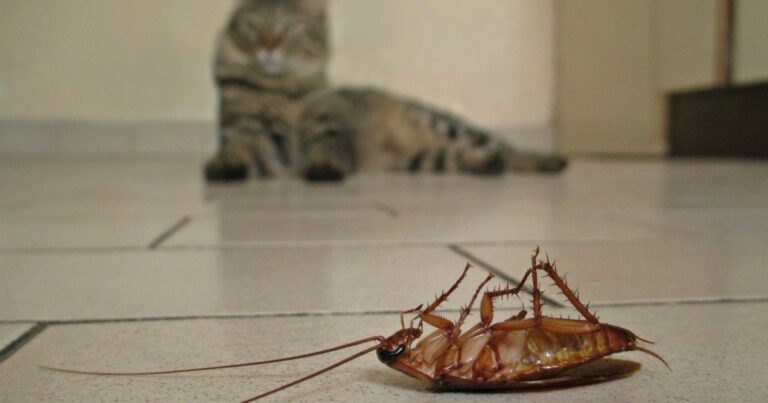
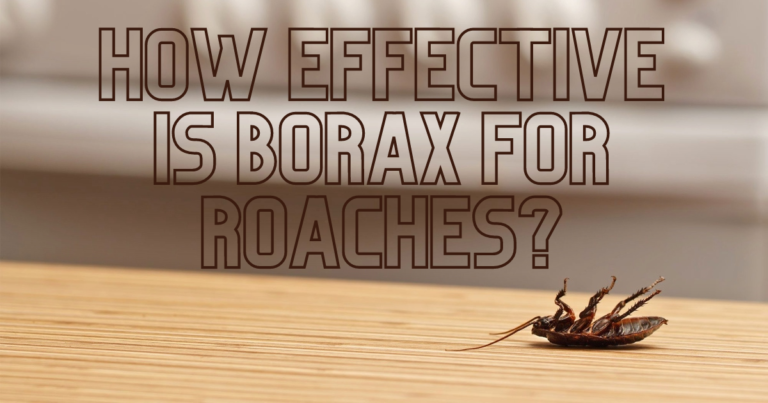
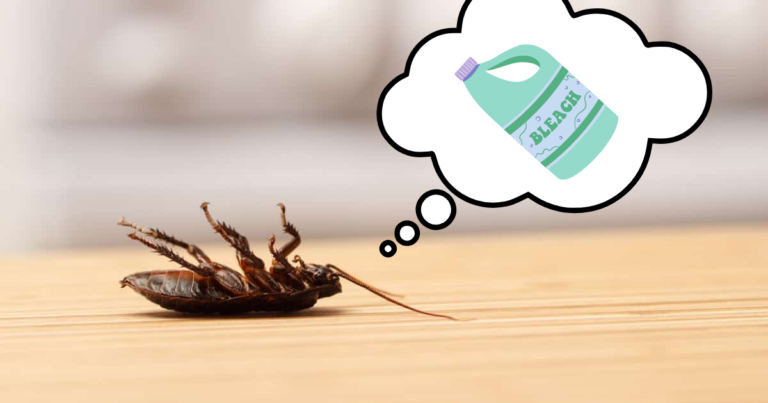
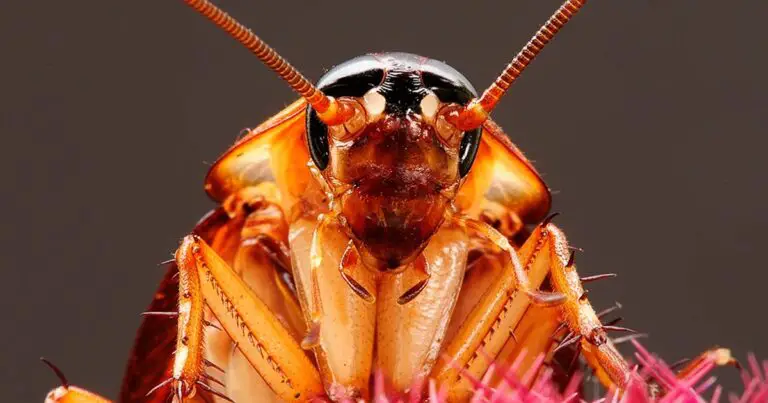

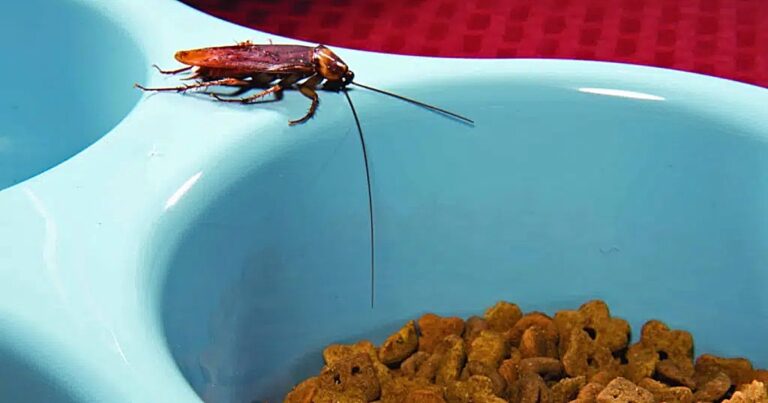

2 Comments